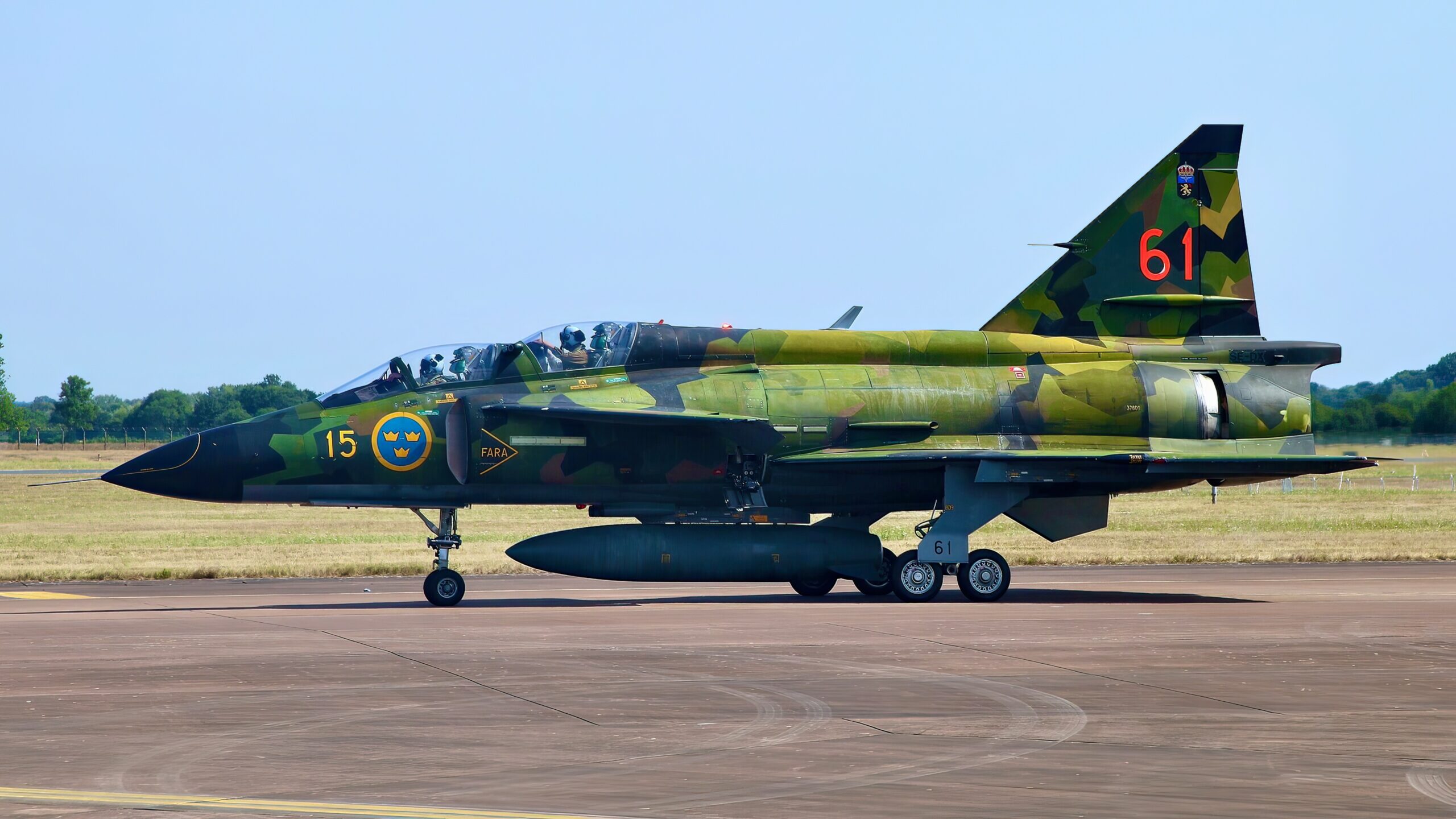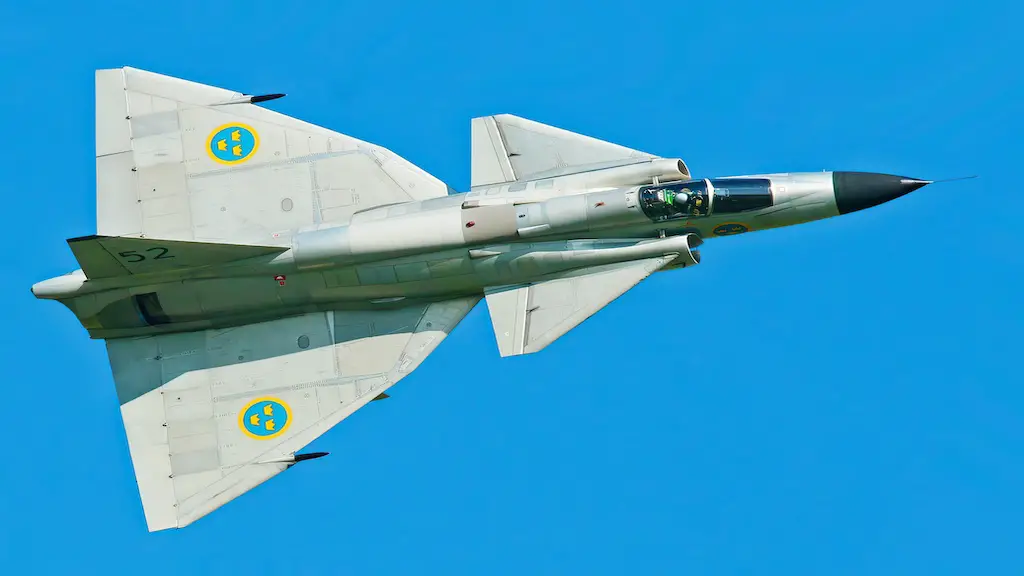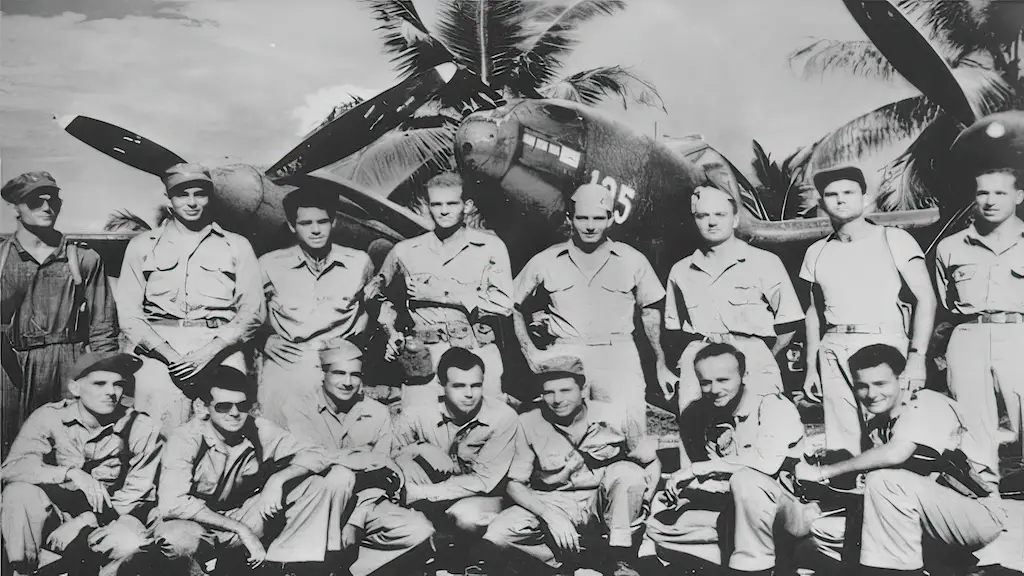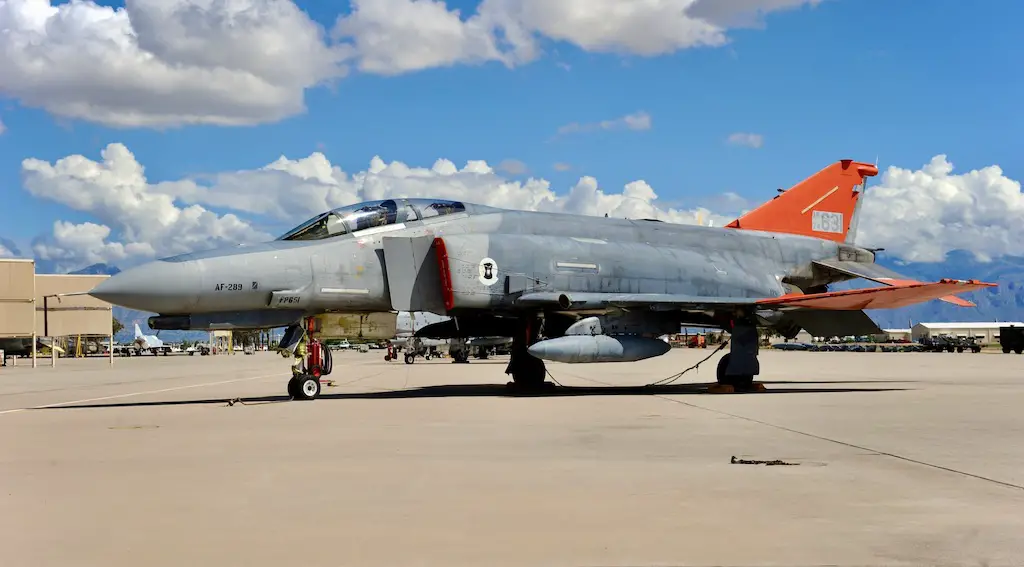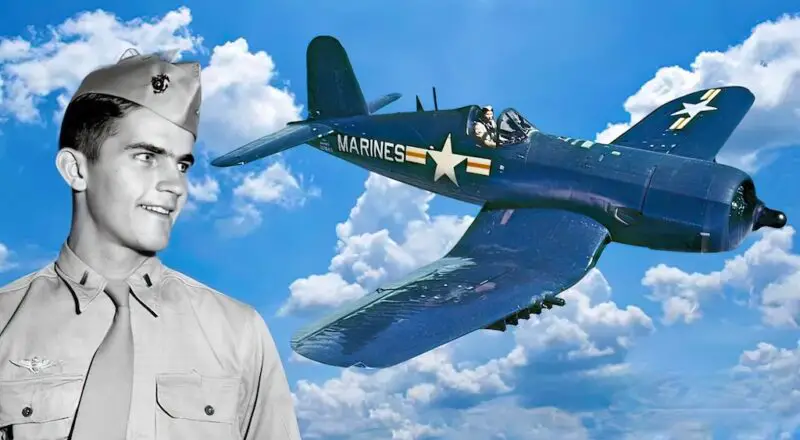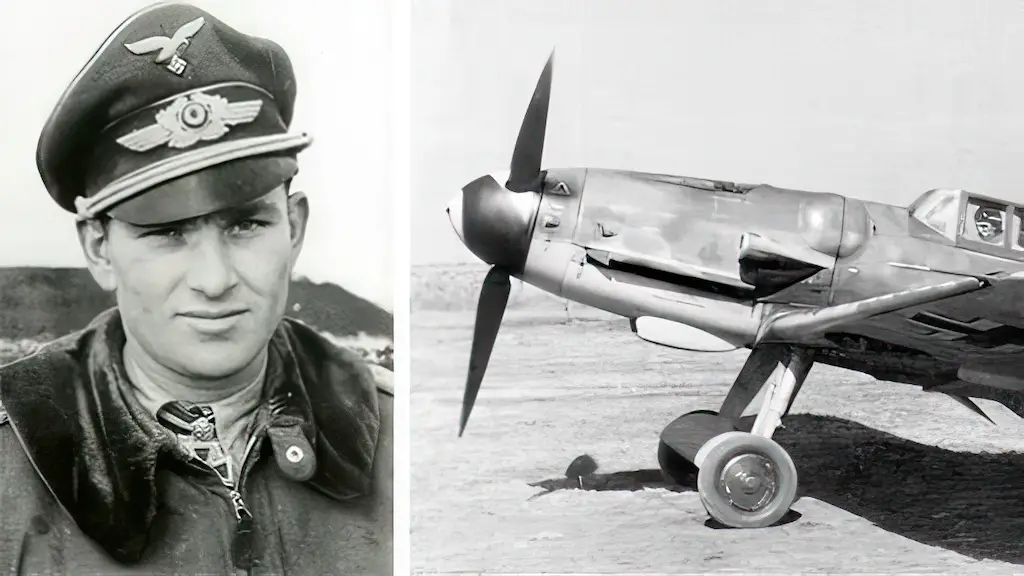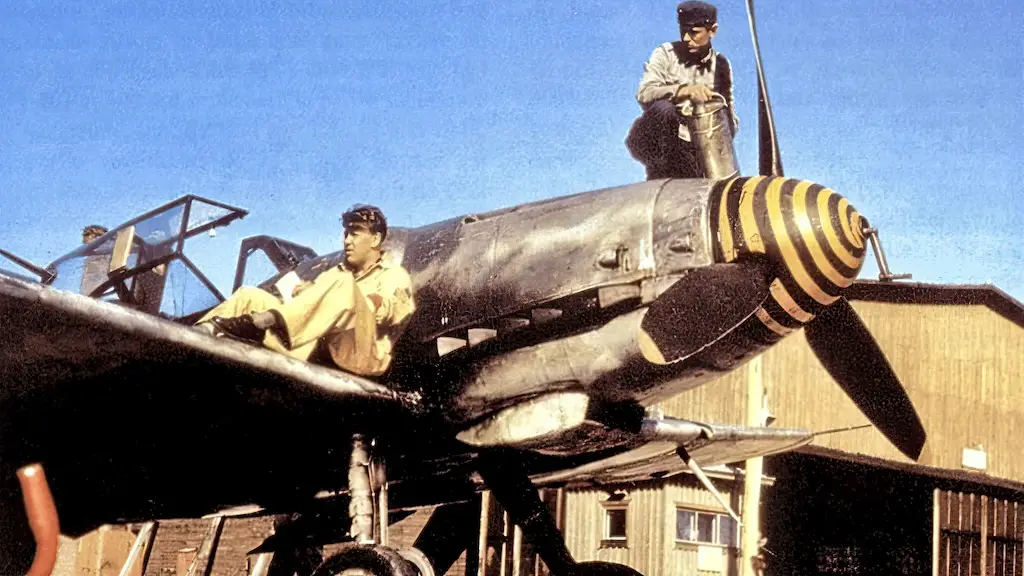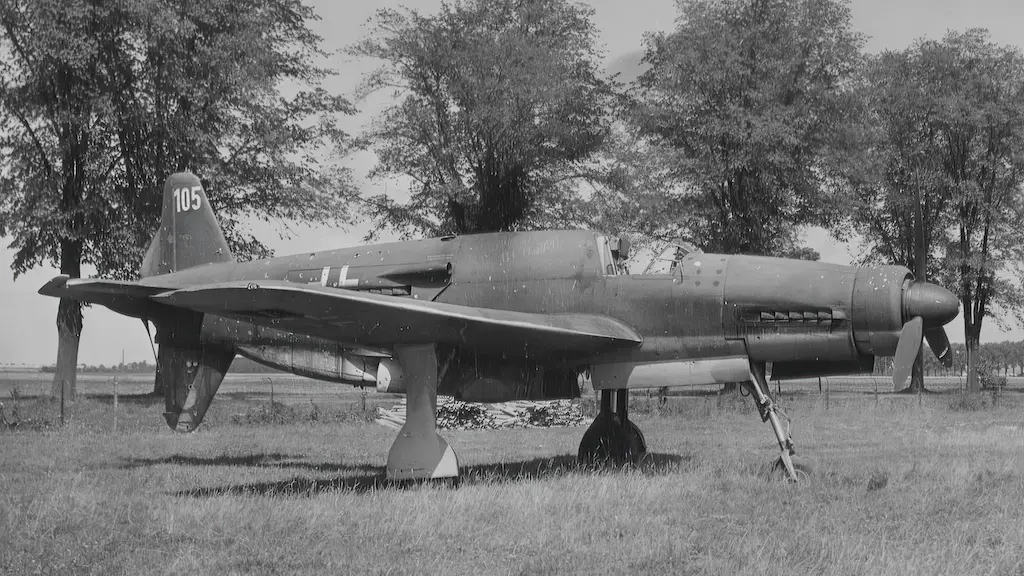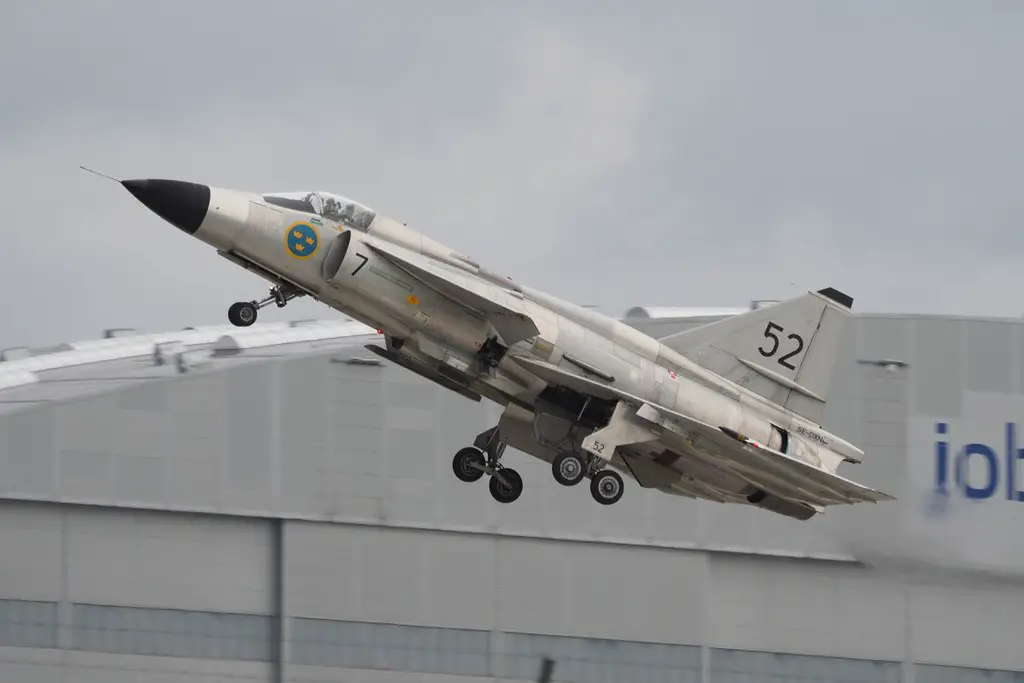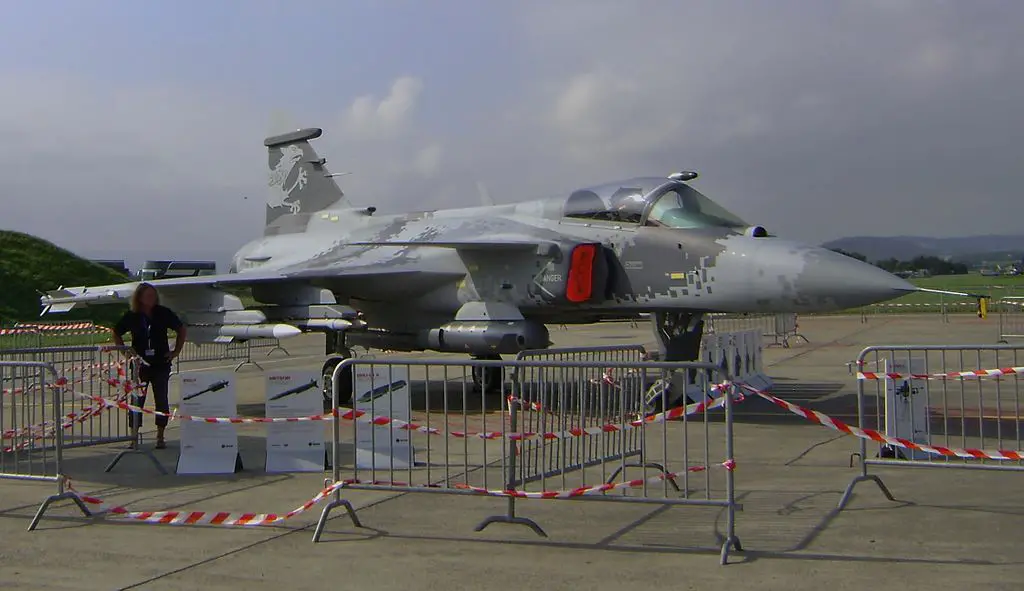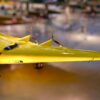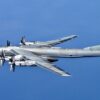Conception and Development
Born out of the tumultuous atmosphere of the Cold War, the Saab 37 Viggen was a powerful manifestation of Swedish innovation and self-reliance. It was in the late 1950s when the Swedish government tasked Saab with crafting a home-grown military aircraft capable of executing combat, interception, and reconnaissance missions. The goal was a versatile machine designed to function even from short runways – a necessity for the potential realities of a European conflict.
The end result, introduced in 1971, was the Saab 37 Viggen, christened after the Swedish word for “thunderbolt”. Its pioneering design boasted a distinctive double delta/canard configuration, which improved maneuverability and short takeoff or landing performance.
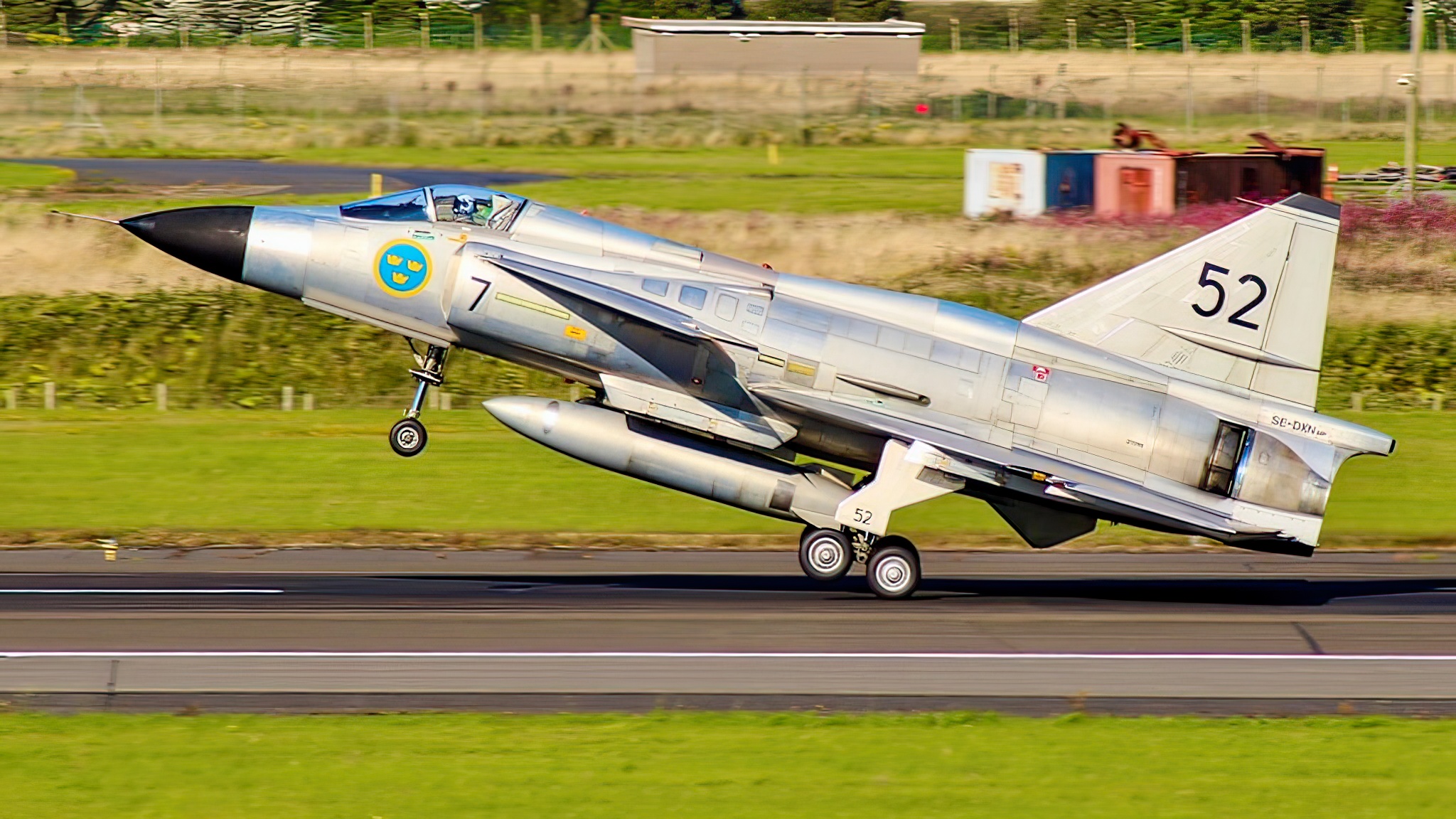
Delta and Canards
The fascination for delta wings and canards in Swedish aviation design is deeply intertwined with the country’s unique military requirements. Delta wings, with their high surface area, promise stable high-speed performance, a critical aspect for an interceptor like the Viggen. The canards, or small forewings, give the aircraft its distinct short take-off and landing (STOL) capabilities, enabling the Viggen to use makeshift runways.
This design allows for efficient lift generation, making the aircraft agile and highly responsive. Emphasizing these features in the Viggen was a strategic decision, ensuring the aircraft’s suitability for Sweden’s defensive needs in a hostile Cold War scenario. This obsession with deltas and canards, started with the Viggen, continues to shape the design philosophy of Saab aircraft, as evident in the later JAS 39 Gripen.
A Thunderbolt of Strengths
The Saab 37 Viggen was a remarkable aircraft that blended power, agility, and adaptability into one package. It was one of the first aircraft to be powered by a turbofan engine, the Volvo RM8, a modification of the Pratt & Whitney JT8D used in many 737s. This gave the Viggen its impressive speed capabilities, reaching up to Mach 2.1.
Its state-of-the-art central computer, a novelty for its time, allowed real-time mission planning and in-flight re-targeting. This gave the Viggen an edge in dynamic combat situations. The aircraft was also fitted with advanced radar and reconnaissance equipment, further increasing its value on the battlefield.
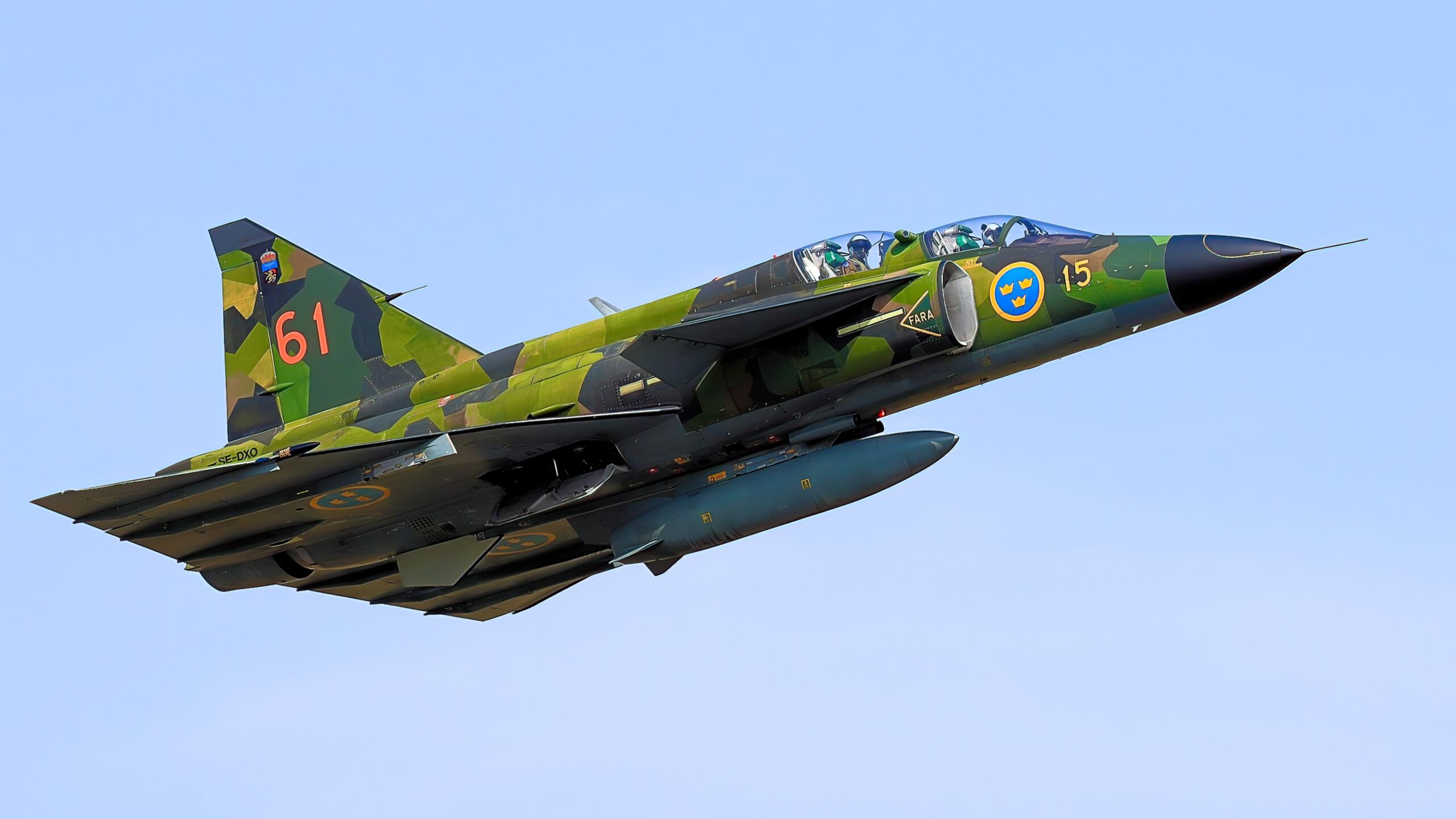
Facing Challenges in the Skies
Yet, the Saab 37 Viggen was not without its challenges. The rapid advancements in aviation technology in the late 20th century quickly put the Viggen’s groundbreaking systems on the path to obsolescence. Its avionics, albeit cutting-edge at the time of launch, soon lagged behind the new generation of aircraft.
Moreover, the Viggen’s engine, while powerful, was also thirsty, limiting the aircraft’s range and loitering capabilities. Furthermore, the high complexity and unique design of the Viggen made international sales a tough prospect, limiting its operational use largely within the borders of Sweden.
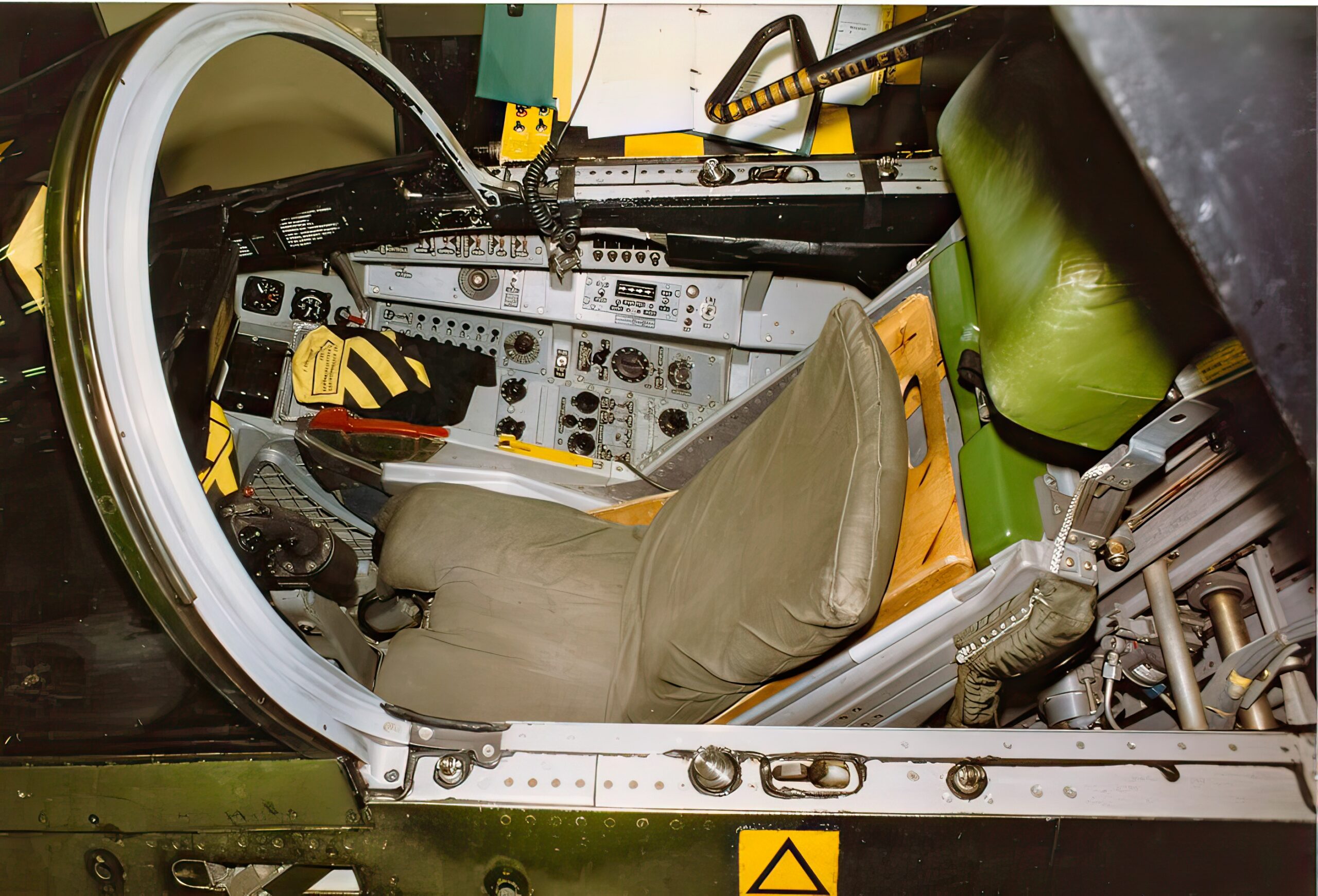
Legacy and Retirement
Despite these challenges, the Viggen served its purpose effectively in the Swedish Air Force. Its key combat debut was during the Cold War era where it conducted numerous QRA (Quick Reaction Alert) missions.
After 30 years of service, the Viggens were phased out, starting from the late 1990s until 2005, replaced by the more advanced Saab JAS 39 Gripen. Nevertheless, the Viggen left a legacy as an important symbol of Sweden’s defense capabilities during a pivotal era in history.
The Saab 37 Viggen was an embodiment of Nordic audacity and ingenuity. Despite its challenges, it remains an iconic piece of aviation history, a ‘thunderbolt’ that continues to inspire future generations of aircraft design.
